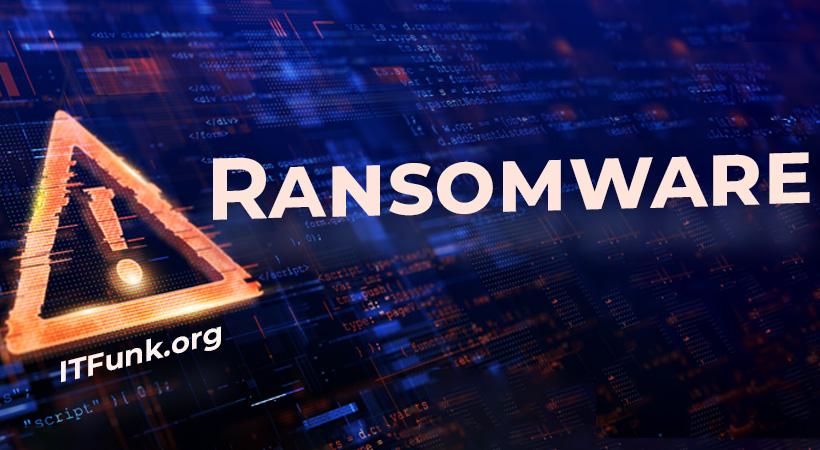Security experts have sounded alarms regarding a concerning CACTUS Ransomware campaign exploiting newly discovered vulnerabilities in Qlik Sense, a prominent analytics platform. This campaign marks a pivotal escalation, being the first documented instance of threat actors leveraging these vulnerabilities as the primary method to breach systems. The attack unfolds in stages, capitalizing on Qlik Sense weaknesses to infiltrate, install additional tools, and unleash the CACTUS Ransomware. This signifies the evolving strategies of cybercriminals, exploiting software vulnerabilities for unauthorized access and potential data compromise.
Understanding the CACTUS Ransomware Threat
The CACTUS Ransomware campaign exploits disclosed Qlik Sense vulnerabilities like CVE-2023-41265, CVE-2023-41266, and CVE-2023-48365. These loopholes empower attackers to manipulate Qlik Sense’s Scheduler service, introducing supplementary tools such as ManageEngine UEMS, AnyDesk, and Plink. With system control secured, threat actors escalate attacks by disabling security software, altering admin credentials, and establishing RDP tunnels, culminating in deploying CACTUS Ransomware and potential data theft.
Similar Threats and Identification
Comparable threats like Conti Ransomware, QakBot, and Black Basta Ransomware leverage diverse methods to exploit vulnerabilities, enabling unauthorized access or ransomware deployments.
Preventive Measures Against Ransomware
Swift Patching: Regularly update software to mitigate known vulnerabilities exploited by ransomware.
Layered Security: Implement multiple security layers like firewalls, antivirus tools, and intrusion detection systems.
User Training: Educate users to recognize phishing attempts and suspicious links, hindering initial access for threat actors.
Data Backup: Regularly back up critical data to separate offline or cloud storage, minimizing ransomware impact.
CACTUS Ransomware Removal Process
Step 1: Vulnerability Patching:
Identify and patch disclosed Qlik Sense vulnerabilities with available security updates.
Step 2: System Clean-up:
Remove unauthorized tools installed by attackers, such as ManageEngine UEMS, AnyDesk, and Plink.
Step 3: Access Control Review:
Revisit access controls, reset compromised credentials, and fortify security configurations to prevent future unauthorized access.
Conclusion
The CACTUS Ransomware exploiting Qlik Sense vulnerabilities showcases the evolving complexity of cyber threats. Organizations must prioritize proactive security measures like timely patching, robust security protocols, user education, and consistent data backups. Understanding the evolving tactics of ransomware groups emphasizes the need for collaborative efforts to counter cybercriminal activities and protect critical systems and data.




